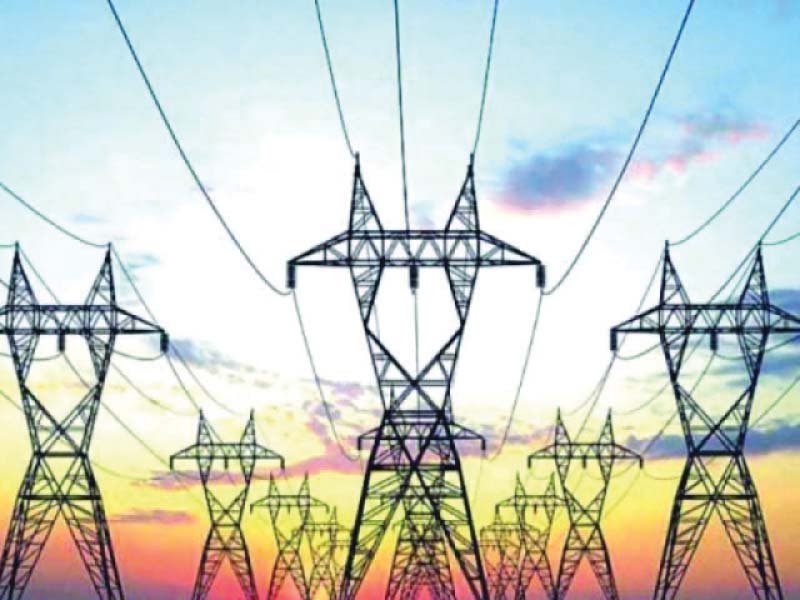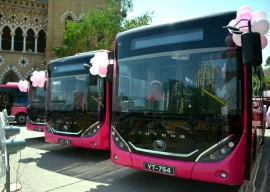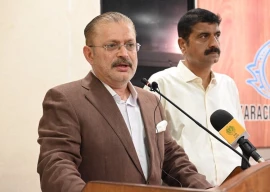
The PML-N government, whose five-year term ended on May 31, 2018, had faced fierce criticism for focusing only on power generation projects and not pouring money into the transmission and distribution network.
In this situation, despite an addition of thousands of megawatts of power generation capacity, the transmission system could not supply the additional energy to consumers as the network could not bear the load.
Govt for completing OLMT civil works by August
Transmission of electricity from power plants comes through 500-kilovolt and 220kv transmission lines and grid stations.
According to a presentation given by the Power Division, an amount of Rs93.474 billion has been spent over the past five years to complete work on four 500kv grid stations (5,550 megavolt-ampere), 748km transmission lines, 13 220kv grid stations (10,219 MVA) and 2,293km transmission lines.
Current MVA capacity of the National Transmission and Despatch Company’s (NTDC) system stands at 20,850 for 500kv grids and 28,290 for 220kv grids. The transmission network was spread over 5,772 km and 10,523 km for 500kv and 220kv lines respectively.
The Power Division emphasised that new projects were being completed on a fast track in four provinces at a tentative cost of Rs57.757 billion.
According to the division, it undertook first-of-its-kind system capacity ascertainment exercise in July 2016 and as a result, 45 projects were identified. Of these, 32 have been completed while the remaining 13 are at the implementation phase.
The Power Division pointed out that a key constraint was the absence of N-1 contingency in the system which effectively meant that all assets were operating at their capacity with no excess capacity.
As a result, a partial system breakdown occurred on May 16, 2018 in the wake of failure of a reactor at the Guddu power plant and the system was split between north and south.
Later, the system was stabilised, but it again broke down due to early outage of recently commissioned liquefied natural gas (LNG) power plants at Haveli Bahadur Shah and Bhikki in the central region.
Another breakdown occurred on May 21 after major 500kv and 220kv auto-transformers at the Rawat grid station stopped working, which was followed by cascaded tripping according to the protection plan in order to save sensitive power equipment from damage.
The system tripped when generation at Tarbela and Mangla hydel power stations stood low and the Nandipur power plant was shut down for maintenance which excessively increased the load on the Rawat grid station.
After PML-N era: Circular debt comes down from Rs573b to Rs499b
After this incident, according to the Power Division, the system operator was constantly monitoring key installations to control excessive load and avoid breakdown all over the country.
Additionally, the Tarbela-Burhan 220kv transmission line’s circuit I & II have been completed recently and have provided considerable relief from load-shedding in the jurisdiction of Islamabad Electricity Supply Company (Iesco).
Published in The Express Tribune, June 16th, 2018.
Like Business on Facebook, follow @TribuneBiz on Twitter to stay informed and join in the conversation.







































COMMENTS (1)
Comments are moderated and generally will be posted if they are on-topic and not abusive.
For more information, please see our Comments FAQ